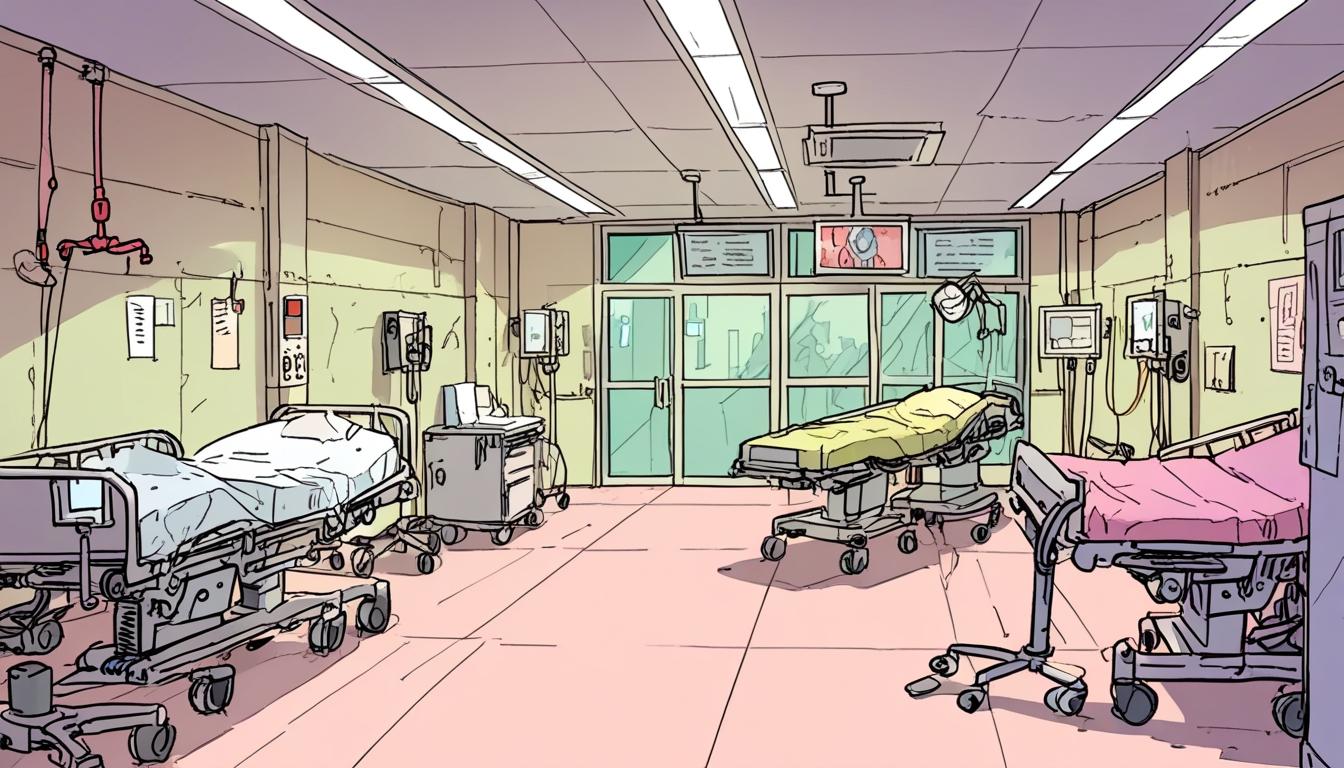In the television landscape's evolving narrative and stylistic approaches, several new series are pioneering the use of continuous-shot storytelling techniques, known as "oners" or real-time narratives, to create immersive and tension-filled viewing experiences across different genres.
Max's medical drama "The Pitt" exemplifies this approach with its depiction of an intense, mass casualty event at the fictional Pittsburgh Trauma Medical Center. The show focuses on the exhausted surgeon Michael Robinavitch, played by Noah Wyle, alongside resident and student doctors, nursing, and security staff as they respond in real time to a sudden influx of severely wounded gunshot victims during a music festival. Each of the series' fifteen hour-long episodes unfolds in real time without scene breaks or musical cues, creating a continuous and immersive experience that captures the unpredictability and relentlessness of an emergency room shift. Series creator R. Scott Gemmill highlights the significance of time in the emergency room experience, stating, “What we decided was to bring the audience into that experience, that environment, and not let them leave.”
This trend is not limited to medical drama. Netflix’s British miniseries "Adolescence," created by Jack Thorne and starring Stephen Graham, employs a similar one-shot style across its four episodes to explore the impact of middle-school violence on a family and community. The first episode features a real-time interrogation of a 13-year-old boy accused of a classmate's murder, using continuous takes that highlight the slow unfolding of procedural investigation and emotional reactions. The series captures complex emotional nuances without relying on heightened dramatic events, exemplified in its portrayal of the boy’s father's grief during a birthday celebration, offering an unvarnished view of pain and confusion.
Apple TV+’s satirical series "The Studio," by Seth Rogen and Evan Goldberg, also adopts a nearly continuous-shot format to satirise the frenetic energy of Hollywood executives and studios. The show employs carefully timed walk-and-talk scenes in unbroken takes to dramatise the chaotic and ego-driven environment of a movie studio. Rogen articulated the creative intent to Esquire, saying, “We wanted the show to have an immersive, manic energy to it... to throw you into it and create this sort of unpredictable, uneasy energy.” Notably, the show's second episode, titled “The Oner,” tracks a disastrous film set visit all in one shot, underscoring the series' meta-commentary on filmmaking.
These series build on a long cinematic tradition of long-take storytelling, drawing inspiration from classics such as Alfred Hitchcock’s "Rope," Orson Welles’s "Touch of Evil," and Martin Scorsese’s "Goodfellas." More recent uses in films like "Birdman," "Black Panther," "1917," and television shows such as "True Detective," "Barry," "The Bear," and "Succession" have leveraged this technique to intensify action sequences and character-driven drama.
The rising popularity of one-shot storytelling also reflects technological advancements, including lightweight cameras, drones, and stabilisers, which allow directors to execute complex choreographies with minimal cuts. This technical capability enables directors and crews to construct immersive environments—such as "The Pitt’s" hospital set, designed with multiple doors and open sightlines to facilitate uninterrupted camera movement.
Industry professionals note differing creative choices regarding the use of one-shots. Gemmill chose not to use one-take sequences in "The Pitt," favouring a blend of long takes and precise editing to maintain narrative clarity and energy. Veteran writer and producer Robert King emphasises that this editing approach allows a richer depiction of multi-layered action behind the foreground, providing a vivid and dynamic ensemble storytelling experience.
This current wave of real-time storytelling comes amid shifts in audience viewing habits, influenced by proliferating digital platforms and shortening attention spans, especially among younger viewers accustomed to rapid content consumption on mobile devices. "Adolescence" director Philip Barantini observed in Netflix’s press notes, “All of us — and especially the younger generation — are so used to watching short clips on their phones or on YouTube and getting a quick fix,” indicating that these continuous-shot narratives may address a desire for engagement and immediacy in longer-form television.
The Washington Post reports that the combination of narrative innovation, technological progress, and changing viewer expectations is driving creators to experiment with TV’s spatial and temporal possibilities, redefining the boundaries of the medium. These shows exemplify the potential of immersive, continuous-shot storytelling to heighten realism, emotional connection, and sustained audience focus through calculated directorial choices and performative precision.
Source: Noah Wire Services
